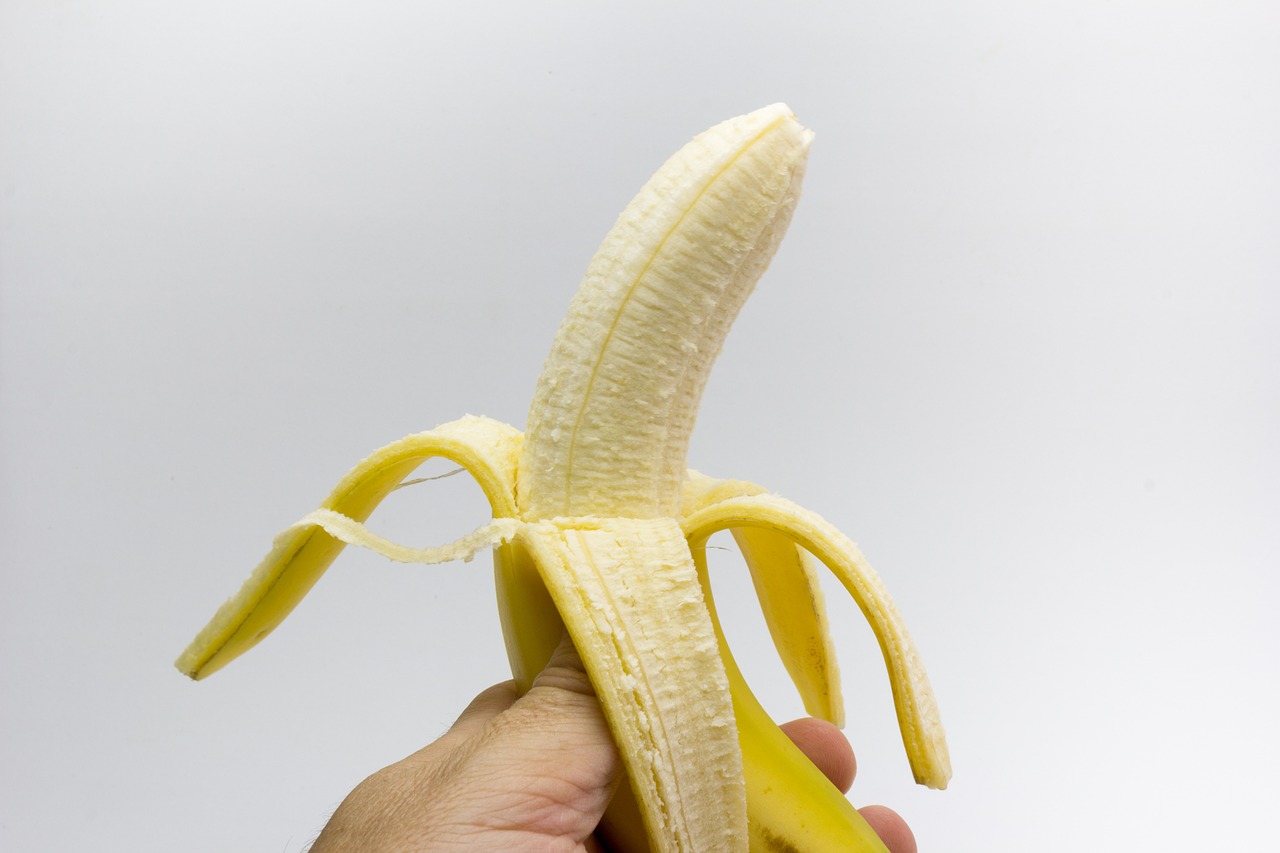We could use the banana as a benchmark for our carbon impact.
While The Economist showed us how, it’s really all about opportunity cost.
Banana Emissions
Benchmarks let us judge another good or service by comparing the two. Investment advisors refer to the S&P 500 to let their clients know if their own portfolio fared well or poorly.
Using the banana in the same way, all we need know is the banana’s carbon emissions. Then, becoming even more precise, we can look at it thrugh three lenses.
Weight, protein, and calories are possibiolities.
Selecting weight, we can measure the carbon emissions per kg, compared to the banana. Positioned to the left of the banana, the almond is pretty climate friendly while a beef burger is not. (The Economist does however point out that they do not capture water use in their index–a big problem with almonds.)

In fact, no matter which lens we use, the almond remains in the sweet spot. So too are meat-free burgers. Even salmon and rice could leave us feeling relatively guilt-free while the beef burger will not. On the other hand, poultry flips sides. For every unit of its protein, poultry is more carbon friendly than a banana: However, placing it on the right of the following graphic, with weight, poultry’s banana score is 11 and four with calories:

Our Bottom Line: Opportunity Cost
Opportunity cost reminds us that every decision requires a sacrifice. The opportunty cost of the decision is what we chose not to do. The opportunity cost of eating a hambuger could be the salmon (and its lower emissions) that we did not consume. Since we have looked at all of this before, I would like to take us instead to Gabon.
In the news recently. Gabon has rain forests (that look like giant clumps of broccoli) that gobble up the world’s carbon emissions. However, the opportunity cost for Gabon of keeping its forests could be a higher GDP that might benefit its people now. More recently, the opportunity cost could be diminishing. Starting in 2019, Norway has pledged $150 million will go to Gabon to preserve its rain forests. In addition, Gabon hopes to benefit from selling carbon credits.
It all takes us back to opportunity cost. Whether not cutting down a tree or eating a banana, we have a climate friendly alternative we could select. The banana index identifies some of those alternatives.
My sources and more: We began today with the banana index from an April issue of The Economist. It was the perfect complement to these Gabon articles, here and here.






